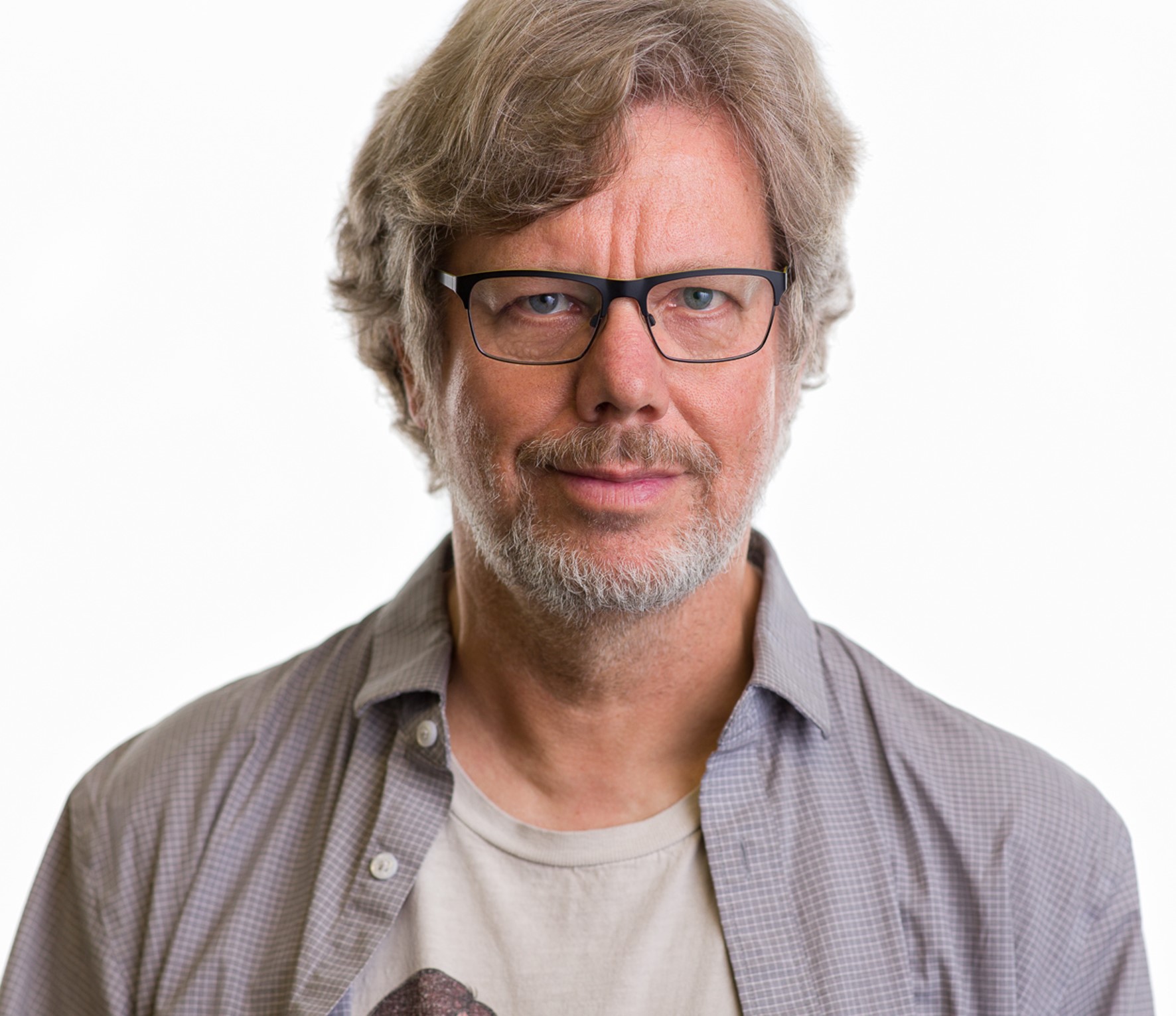
Guido Van Rossum
Birthdate: January 31, 1956
Major Academic Events: Guido Van Rossum first earned a M.S. in mathematics and computer science in 1982 at the University of Amsterdam. He wrote Python over a holiday break in 1989 because he wanted a language that was convenient for quick and dirty tasks. As per his worklife, he worked at Google from 2005 to 2012 as well as at the Stichting Academisch Rekencentrum Amsterdam. Since 2013, Rossum has been working on a static type analyzer for Python at Dropbox.
Contributions to Computer Science: He is most famous for being the creator of the Python programming language. However, he also contributed to the BSD Unix system, was part of the team that worked on a language called ABC, worked with various research institutes to help with the development of technology and programming, was the Benevolent Dictator For Life, and is still an active member of the python community.
- https://www.hindustantimes.com/ht-school/guido-van-rossum-python-creator-whose-work-simplified-coding/story-5U6W2EHhdqIWia4MN9L3VK.html
- https://interestingengineering.com/engineers-directory/guido-van-rossum
- https://computerhistory.org/blog/2018-chm-fellow-guido-van-rossum-python-creator-benevolent-dictator-for-life/#:~:text=Guido%20van%20Rossum%20was%20born,school%20teacher%2C%20were%20Dutch%20pacifists.

